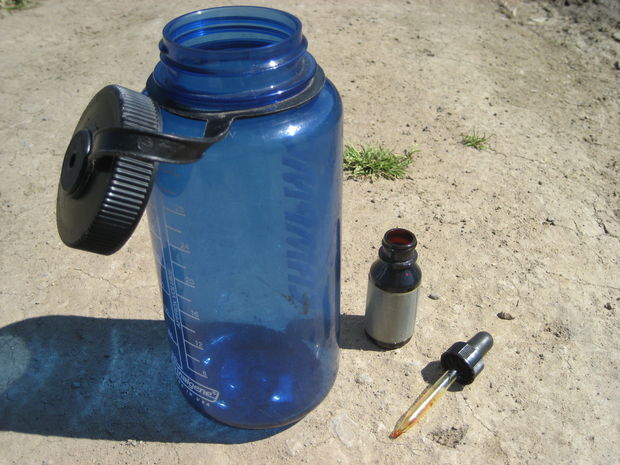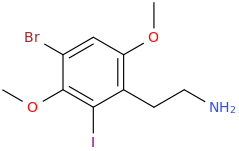I'd like to use iodine-treated water to ensure that there will be no bacterial degradation of the chemical being infused in the water (2C-B). What's the appropriate amt. to use? Articles that speak of using iodine for emergency water sanitzing use, like, between 3 and 8 drops per liter. And I'm concerned about causing some kind of reaction. I wouldn't wanna convert my 2C-B to 2C-I! :D
I have a sanitizer called BTF iodophor, which is some kind of ethanolic iodine detergent or something. Perhaps instead of adding regular iodine -- which I also have -- I should simply sanitize my vial by letting it soak in an iodophor solution for 30 min. and then simply not rinse the vial out, leaving a significant amt. of iodine residue in the bottle.
http://www.instructables.com/id/How-To-Purify-Water-Using-Iodine-Tincture

I have a sanitizer called BTF iodophor, which is some kind of ethanolic iodine detergent or something. Perhaps instead of adding regular iodine -- which I also have -- I should simply sanitize my vial by letting it soak in an iodophor solution for 30 min. and then simply not rinse the vial out, leaving a significant amt. of iodine residue in the bottle.
http://www.instructables.com/id/How-To-Purify-Water-Using-Iodine-Tincture


